How To Improve Audio Recording Quality On Iphone ?
To improve audio recording quality on an iPhone, you can try the following steps:
1. Use a high-quality external microphone: Consider investing in a compatible external microphone that can be connected to your iPhone. This can significantly enhance the audio recording quality.
2. Minimize background noise: Record in a quiet environment to reduce unwanted background noise. Find a location with minimal distractions and try to eliminate any potential sources of noise.
3. Hold the iPhone steady: Keep a steady hand while recording to avoid any unnecessary movement or shaking that could affect the audio quality.
4. Adjust microphone settings: In the iPhone's settings, go to "Settings" > "Camera" > "Microphone" and ensure that the desired microphone is selected for recording. You can also experiment with different microphone settings to find the one that suits your needs.
5. Use a recording app: Consider using a third-party recording app that offers more advanced features and settings for audio recording. These apps often provide more control over the recording process and can help improve the overall audio quality.
Remember to test different techniques and settings to find the best combination that works for your specific recording needs.
1、 Adjust microphone settings for optimal audio recording quality on iPhone.
To improve audio recording quality on an iPhone, you can adjust the microphone settings for optimal results. Here are some steps you can follow:
1. Clean the microphone: Ensure that the microphone is free from any dirt or debris that may affect the audio quality. Use a soft cloth or a small brush to gently clean the microphone.
2. Remove any case or cover: If you are using a case or cover on your iPhone, remove it before recording audio. Cases can sometimes interfere with the microphone and affect the sound quality.
3. Position the microphone correctly: When recording audio, make sure the microphone is positioned towards the sound source. This will help capture the sound more accurately and reduce background noise.
4. Adjust microphone sensitivity: In the iPhone settings, go to "Settings" > "Camera" > "Microphone" and adjust the microphone sensitivity. Increasing the sensitivity can help capture softer sounds, while decreasing it can reduce distortion from loud sounds.
5. Use an external microphone: Consider using an external microphone for better audio quality. There are various options available, such as lavalier microphones or directional microphones, that can be connected to your iPhone through the headphone jack or lightning port.
6. Use a recording app: Instead of using the default Voice Memos app, try using a third-party recording app that offers more advanced features and settings for audio recording. These apps often provide options to adjust audio quality, format, and other settings.
7. Avoid background noise: Find a quiet environment for recording to minimize background noise. Close windows, turn off fans or air conditioning, and try to eliminate any other sources of noise that may interfere with the recording.
By following these steps, you can significantly improve the audio recording quality on your iPhone. Remember to experiment with different settings and techniques to find the best results for your specific recording needs.

2、 Use external microphones or audio accessories for improved recording quality.
To improve audio recording quality on an iPhone, one effective solution is to use external microphones or audio accessories. While the built-in microphone on iPhones is decent, it may not always capture audio with the desired clarity and depth. By utilizing external microphones or audio accessories, you can significantly enhance the quality of your recordings.
There are various types of external microphones available for iPhones, such as lavalier microphones, shotgun microphones, and USB microphones. Lavalier microphones are small and can be clipped onto clothing, making them ideal for interviews or presentations. Shotgun microphones are highly directional and can capture audio from a specific direction, making them suitable for recording videos or podcasts. USB microphones can be directly connected to the iPhone via an adapter, providing high-quality audio recording.
Additionally, using audio accessories like a pop filter or windscreen can help reduce unwanted noise and improve the overall sound quality. A pop filter can minimize plosive sounds (such as "p" and "b" sounds) that can distort the audio, while a windscreen can reduce wind noise when recording outdoors.
It's worth noting that the latest iPhones, such as the iPhone 12 Pro, have improved built-in microphones and advanced audio processing capabilities. However, even with these advancements, using external microphones or audio accessories can still offer superior recording quality and more control over the audio capture.
In conclusion, to improve audio recording quality on an iPhone, consider investing in external microphones or audio accessories. These tools can significantly enhance the clarity, depth, and overall quality of your recordings, ensuring that your audio content stands out and engages your audience effectively.
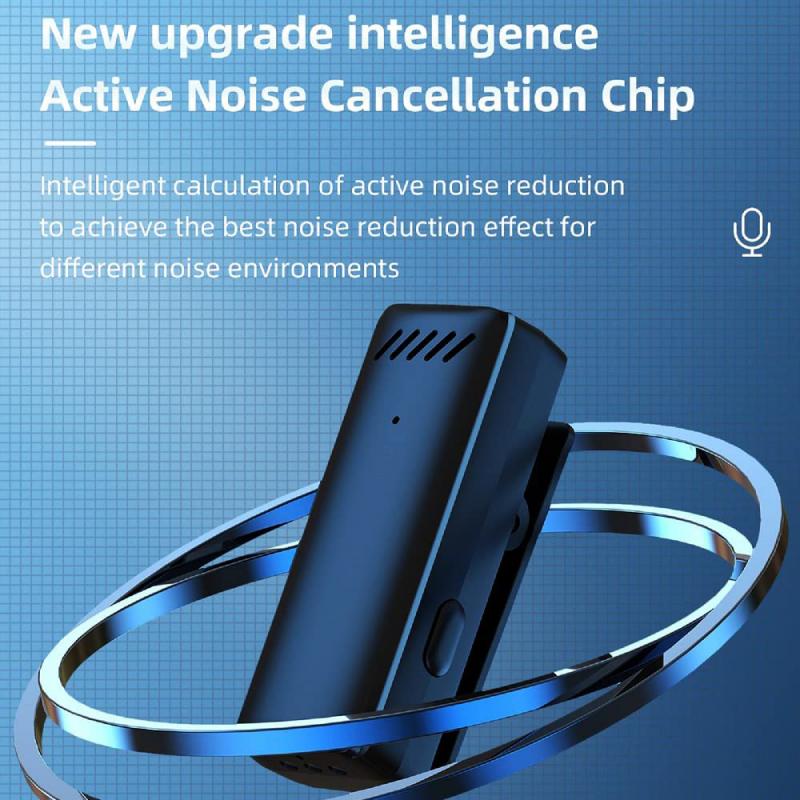
3、 Minimize background noise to enhance audio recording clarity on iPhone.
To improve audio recording quality on an iPhone, there are several steps you can take. One of the most effective ways is to minimize background noise to enhance audio recording clarity. Here are some tips to achieve this:
1. Find a quiet environment: Choose a location with minimal background noise. Avoid areas with loud traffic, people talking, or other sources of disturbance. This will help ensure that the audio you record is clear and free from unwanted noise.
2. Use a microphone: Consider investing in an external microphone for your iPhone. There are various options available, ranging from clip-on lapel microphones to handheld ones. These external microphones can significantly improve the audio quality by capturing sound more accurately and reducing background noise.
3. Enable noise cancellation: iPhones have built-in noise cancellation features that can help reduce background noise during audio recording. To enable this, go to Settings > Accessibility > Audio/Visual > Phone Noise Cancellation and toggle it on.
4. Hold the iPhone steady: Unwanted noise can be introduced if you handle the iPhone roughly or tap on it while recording. Hold the device steady and avoid unnecessary movements to prevent any interference with the audio quality.
5. Use a windscreen: If you're recording outdoors or in a windy environment, consider using a windscreen or a foam cover for your iPhone's microphone. This will help reduce wind noise and improve the clarity of your recordings.
6. Edit and enhance recordings: After recording, you can further improve the audio quality by using editing apps or software. These tools allow you to adjust the volume, remove background noise, and enhance the overall clarity of the recording.
By following these tips, you can minimize background noise and enhance the audio recording clarity on your iPhone. Remember to experiment with different techniques and settings to find what works best for your specific recording needs.
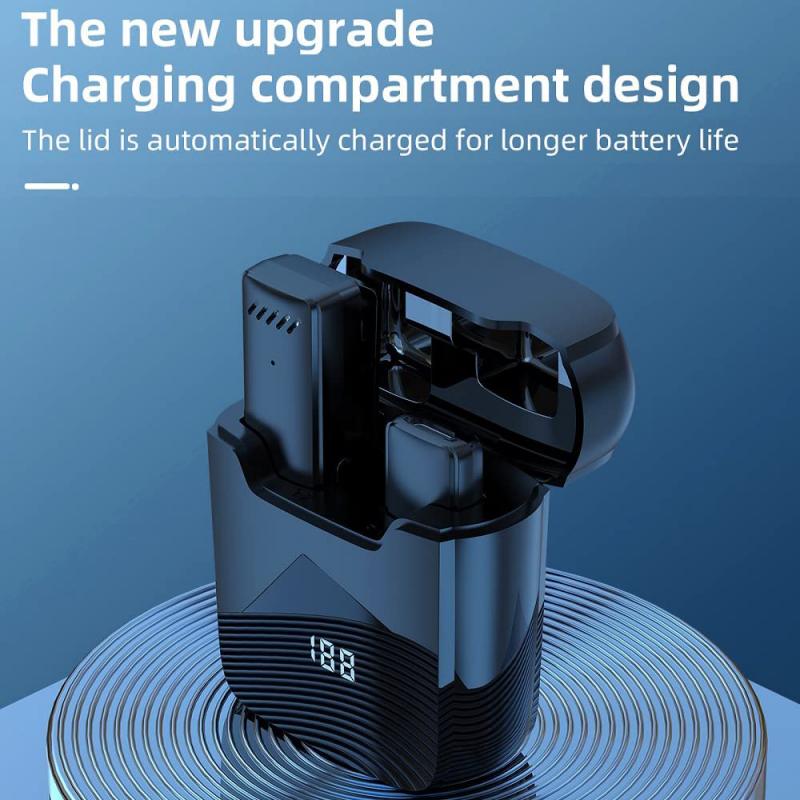
4、 Utilize audio editing apps to enhance and refine recorded audio.
To improve audio recording quality on an iPhone, one effective method is to utilize audio editing apps to enhance and refine recorded audio. These apps offer a range of features and tools that can significantly improve the overall sound quality of your recordings.
One popular audio editing app is GarageBand, which is available for free on the App Store. GarageBand allows you to adjust various aspects of your recordings, such as equalization, compression, and noise reduction. You can also add effects like reverb or delay to enhance the audio further. Additionally, GarageBand offers a range of virtual instruments that you can use to create and layer music tracks.
Another highly recommended app is Ferrite Recording Studio. This app provides advanced editing capabilities, including the ability to cut, copy, and paste audio segments, as well as adjust volume levels and apply effects. Ferrite also offers a feature called "Automatic Level Control," which helps to normalize the volume of your recordings, resulting in a more consistent and professional sound.
Furthermore, it is worth considering using external microphones or audio interfaces that are compatible with your iPhone. These devices can significantly improve the audio quality by capturing sound with greater clarity and reducing background noise.
In conclusion, utilizing audio editing apps such as GarageBand and Ferrite Recording Studio, along with external microphones or audio interfaces, can greatly enhance the audio recording quality on an iPhone. These tools provide a range of features and options to refine and improve the sound, resulting in more professional and polished recordings.


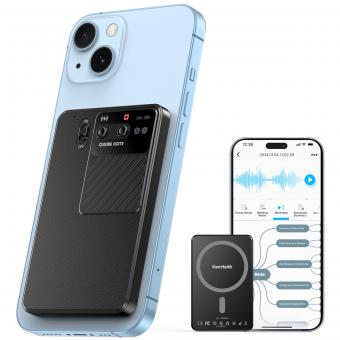
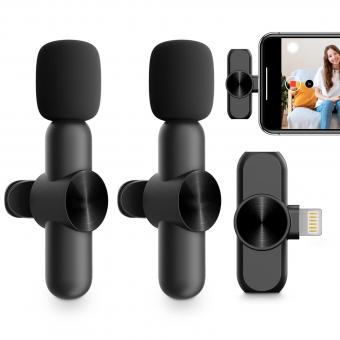
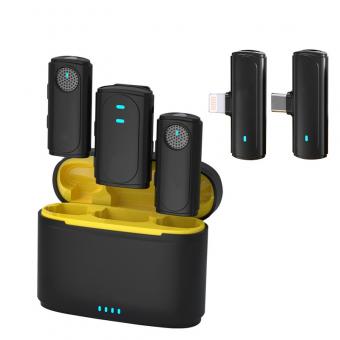

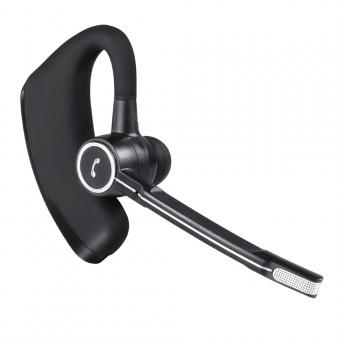
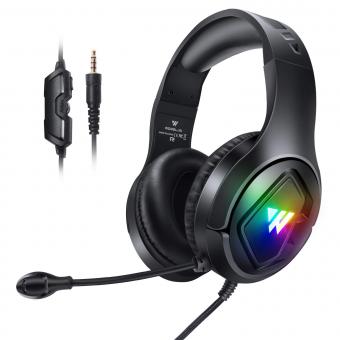
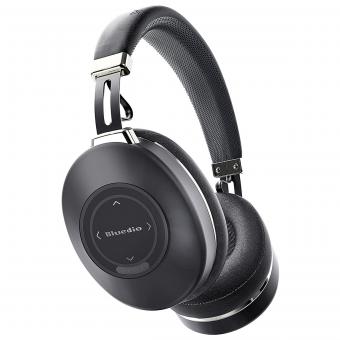
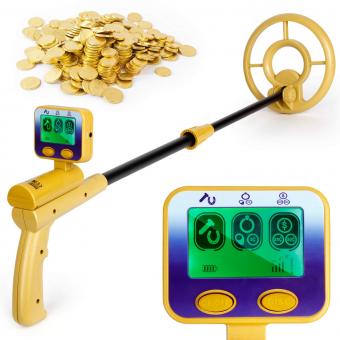
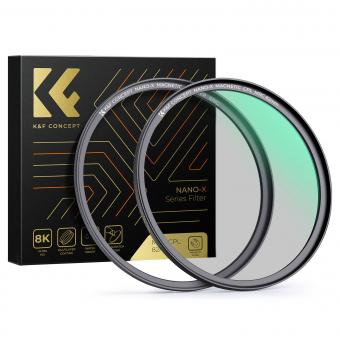

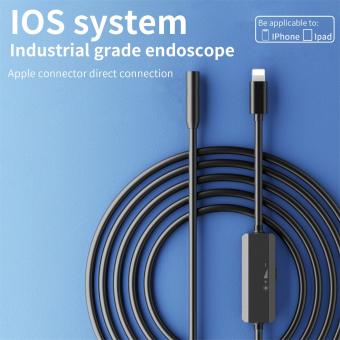


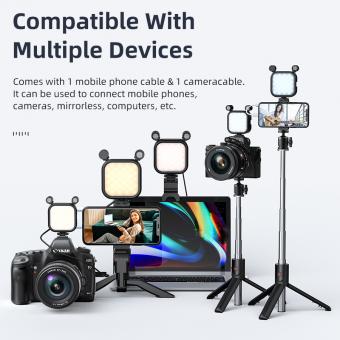
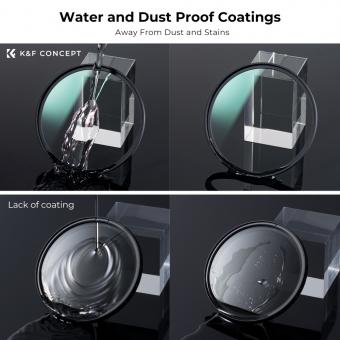
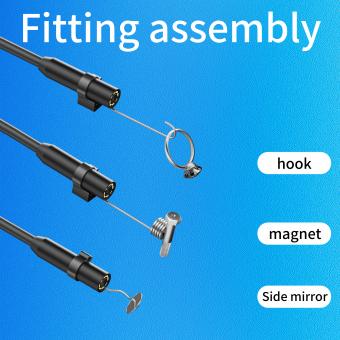
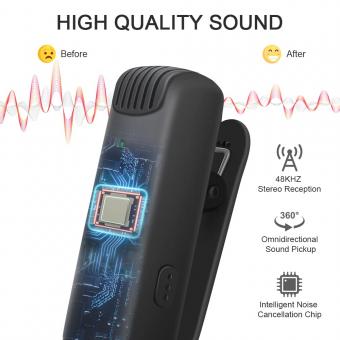
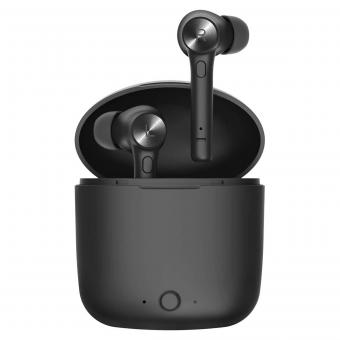



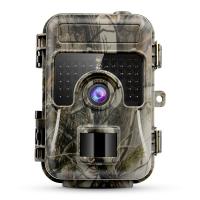
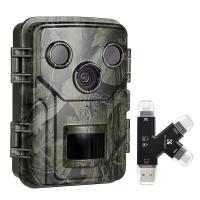
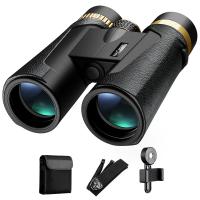

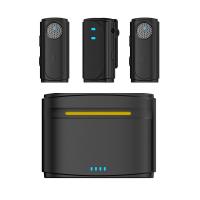

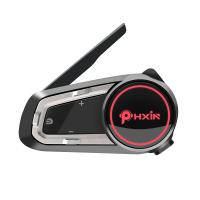




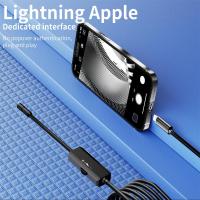
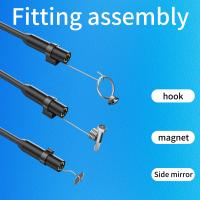

There are no comments for this blog.